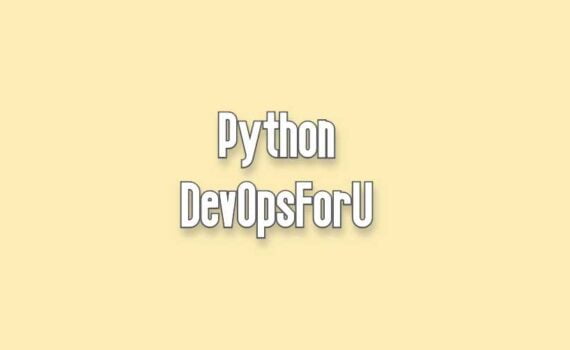This article will explore how to convert YAML to JSON using Python. YAML and JSON are popular data serialization formats, […]
Python
Tuples in Python are similar to lists, but they are immutable, meaning that their values cannot be changed after they […]
Lists are a fundamental data structure in Python and are used to store a collection of items. They are similar […]
Try block in Python is used to enclose code that might throw an exception. When an exception occurs in the […]
Chat GPT is nowadays getting too much discussed over the internet due to its unique, almost accurate and human-like response. […]
Function arguments in Python, you can define a function by using the def keyword followed by the function name and […]
A while loop in Python allows you to repeatedly execute a block of code as long as a certain condition […]
A for loop is a control structure that allows you to iterate over a sequence (such as a list, tuple, […]
The time module in Python provides functions for working with time, including retrieving the current time and converting between different […]
In Python, you can use an if statement to execute a block of code if a certain condition is true. […]
In Python, a string is a sequence of characters. Strings can be enclosed in single quotes (‘), double quotes (“), […]




